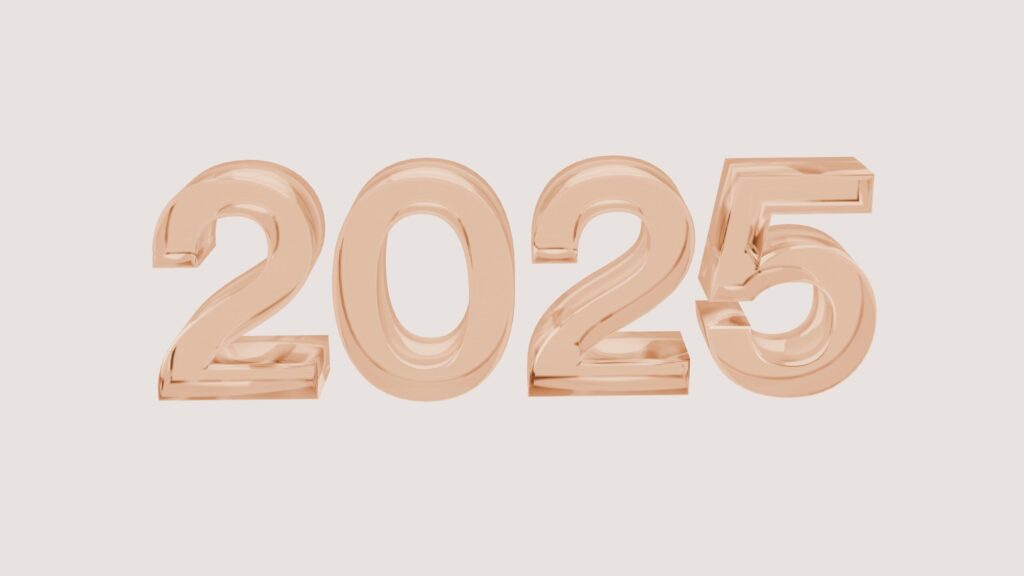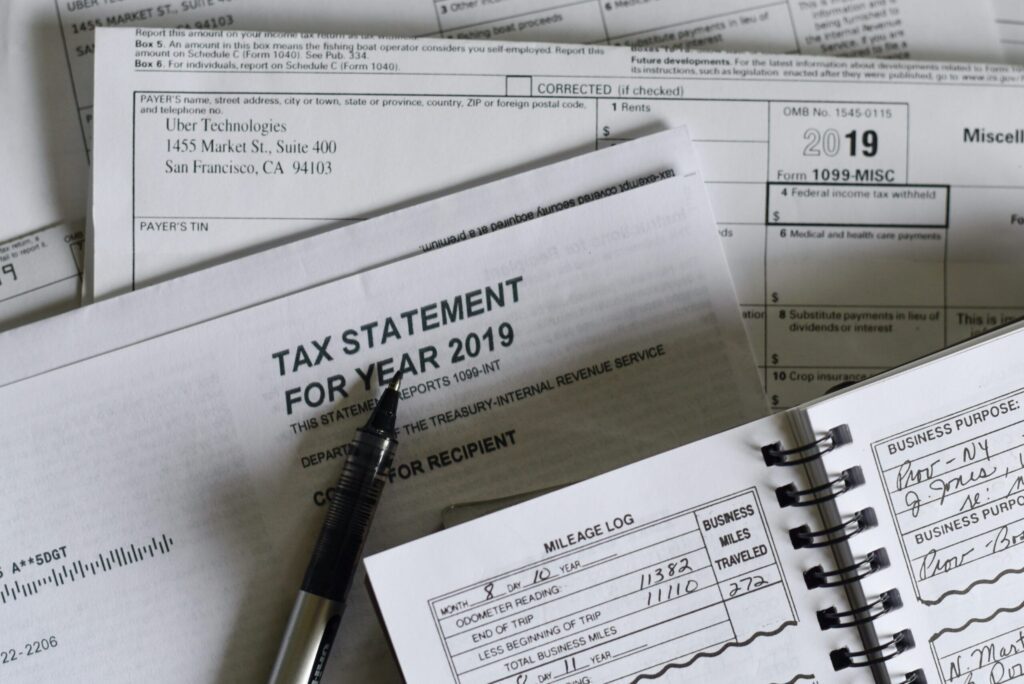In today’s fast-paced financial landscape, a line of credit can be both a lifeline and a potential pitfall. While it offers the flexibility to access funds when needed, it can also lead to unmanageable debt if not used wisely. Many Canadians find themselves struggling with the challenge of paying off their line of credit, often feeling overwhelmed by high-interest rates and minimum payment traps. This guide is designed to empower you with effective strategies to take control of your finances and pay off your line of credit efficiently, allowing you to pave the way toward a more secure financial future. Without further ado, here’s how to pay off a line of credit.
How to pay off a line of credit
Generally speaking, the process of paying off a line of credit is relatively straightforward – you pay back the funds borrowed from your line of credit at your own speed. All you need to ensure is that you make the minimum payment shown on your statement each month. This minimum payment includes any interest, insurance premiums, and any other funds required to keep your balance within the credit limit. The interest accumulated on a line of credit is typically calculated daily, so it’s always best to pay off your line of credit balance as soon as you possibly.can. Here are the steps we recommend you take to pay off a line of credit:
Understand your line of credit
Before making payments on your line of credit, it’s essential to understand the terms you agreed to. Key details include:
- Interest rate: variable or fixed, and how it applies to your balance.
- Minimum payments: know the minimum monthly payment and how it affects your overall debt.
- Fees: be aware of any annual fees or penalties for late payments.
Create a budget
Establishing a budget is crucial when tackling your line of credit. These steps are a good place to start:
- Track your spending: record your income and expenses to identify areas where you can cut back.
- Allocate funds: designate a portion of your monthly budget specifically for paying off your line of credit.
- Prioritize payments: focus on paying more than the minimum payment to reduce the principal faster and save on interest.
Make regular payments
To effectively pay off your line of credit, make consistent payments. Here’s how:
- Pay more than the minimum: whenever possible, pay more than the minimum required payment to reduce the balance and interest charged.
- Bi-weekly payments: consider making bi-weekly payments instead of monthly ones. This approach can reduce your balance faster and minimize interest costs.
- Set up automatic payments: automating your payments ensures you never miss a due date, which can help maintain a positive credit score.
Use windfalls wisely
If you receive unexpected income, like a tax refund or bonus, consider using it to pay down your line of credit. This lump sum payment can significantly reduce your balance and save you money on interest in the long run.
Consider debt consolidation
If managing multiple debts is overwhelming, consolidating your line of credit with a personal loan or another credit facility might be a viable option. Debt consolidation can provide a fixed interest rate and a structured repayment plan, making it easier to manage your payments.
Seek professional advice
If you find it challenging to pay off your line of credit or if you’re facing financial hardship, don’t hesitate to seek professional help. Licensed Insolvency Trustees are the only professionals in Canada legally able to file all forms of debt relief, making them well placed to review your financial circumstances. At Spergel, we offer free, no-obligation consultations to help tackle your debt and regain control of your finances.
Monitor your progress
Regularly review your progress to stay motivated:
- Track your balance: keep an eye on how much you owe and celebrate milestones as you pay down your debt.
- Adjust your strategy: if you find that your initial plan isn’t working, don’t be afraid to adjust your budget and payment strategy.
How to pay off a line of credit: FAQs
Here are some of the most commonly asked questions we receive about paying off a line of credit:
How do I pay off my line of credit?
To pay off your line of credit, start by understanding your interest rates and terms. Create a budget to allocate extra funds toward your payments, and aim to pay more than the minimum to reduce the principal faster. Making bi-weekly payments or setting up automatic payments can also help you stay on track. If possible, use windfalls like bonuses or tax refunds to make lump sum payments. If you’re struggling, consider debt consolidation or seeking professional financial advice from a reputable Licensed Insolvency Trustee.
Can I pay my line of credit anytime?
Yes, you can typically pay off your line of credit anytime. Most lines of credit allow for flexible payments, meaning you can make additional payments or pay off the entire balance without any penalties. However, it’s important to check with your lender for any specific terms or conditions that may apply. Regularly paying down your balance can help reduce interest costs and improve your financial standing.
Does paying off a line of credit affect your credit score?
Yes, paying off a line of credit can positively affect your credit score. Reducing your outstanding balance lowers your credit utilization ratio, which is a key factor in determining your score. Consistent on-time payments also boost your credit history, showing lenders that you’re a responsible borrower. However, closing a line of credit after paying it off could slightly reduce your score by lowering your available credit, so it’s often beneficial to keep the account open, even with a zero balance.
How is a line of credit repaid?
A line of credit is typically repaid through flexible, recurring payments based on the amount you’ve borrowed and the interest accrued. Each month, you’re required to make at least the minimum payment, which covers interest and a portion of the principal. You can choose to pay more than the minimum to reduce the principal balance faster, which will lower the overall interest costs. Payments can be made at any time, and the credit becomes available again as you pay down the balance, allowing you to borrow as needed up to your credit limit.
Paying off a line of credit requires diligence, planning, and sometimes a bit of creativity. By understanding your credit, budgeting effectively, making consistent payments, and seeking help when needed, you can successfully pay off your line of credit and improve your overall financial health. For more personalized advice on managing debt or if you’re considering a debt relief option, book a FREE consultation with Spergel today. We’re here to help you find the best solution for your financial situation.


















